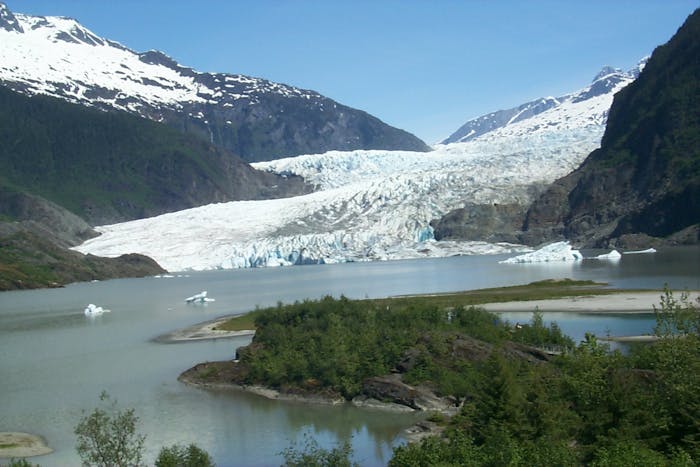There are approximately 15,000 glaciers in the Himalayas.
Each summer, these glaciers release meltwater into the Indus, Ganges, and Brahmaputra Rivers. Approximately 500 million people depend upon water from these three rivers.
These glaciers, like others in the world, are at risk of melting due to increasing temperatures and erratic weather patterns. Glaciers depend on heavy precipitation to replenish ice on an annual basis. If these glaciers melt, many people dependent on them will be flooded during winter and experience drought during summer.

 13 Climate Action
13 Climate Action